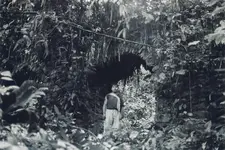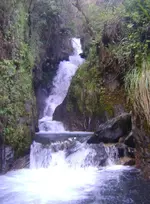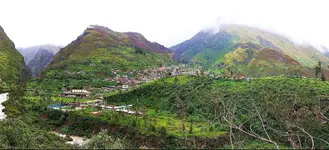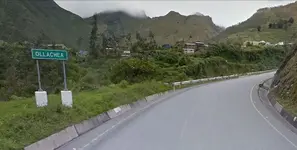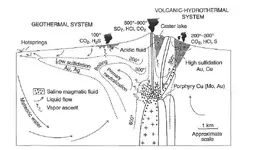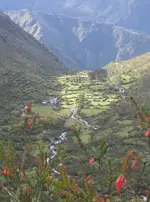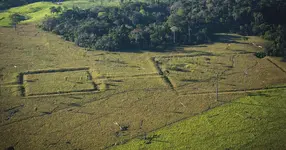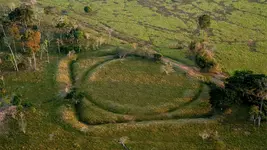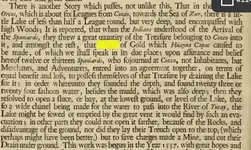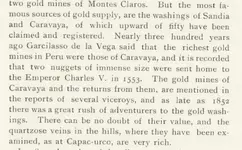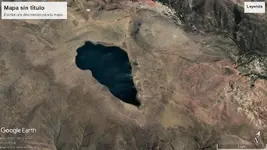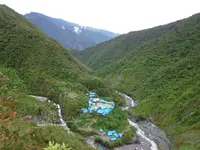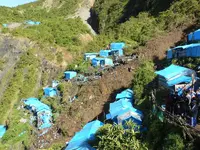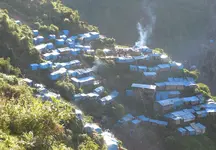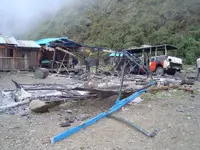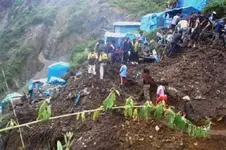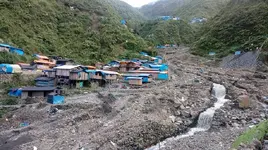Prospecting for gold as it was originally done for centuries ,and the skills required to be successful at it are now a lost art. Students of mining schools, are now taught ,to focus on searching for a completely different set of criteria. Now are the days of massive open pit operations, operated by the major companies. They are trying for low grade -high volumen deposits. The general rule of thumb,is one million ounces gold and one hundred million ounces in silver. These values are what are needed to justify the investment. What has happened is that the exploration techniques used to discover the geological structures that host these values ,and they all have names,and working models, such as a Carlin deposit, or a massive sulfide deposit,etc.are entirely different from old school prospecting. A good book to begin with is De ReMetallica, translated into english by President Hoover, the only president who was an a mining engineer and miner. The old prospectors looked for oxidized vein outcrops. Almost all, one would think have been found. But they are still out there, these were the mines and vein structures we saw in the movies and read about as capable of being fantastically rich. As for me, as a lone prospector, I have spent a great deal of time looking for the both vein deposits and in gold traps in rivers. And formerly rich mines of that reputation, If you have heard of the 16 to 1 mine in California ,and read its history, it is an example. Trying to find the richest gold trap ,rather than conventional dredging. I can tell you that there are those places and some have possibly several hundred kilos within a small confined área. And the área and drainages in the upper reaches of the Huari Huari, are excellent. I can also tell you that there are or have been people ,working completely alone,pulling out 12 ounces a day on that river. Thats working alone with a 5 inch dredge. You just have to find the right place. With proper equipment, some of the deeper pools a guy can do really well. In those years I was able to document sites found by accident where 500 and 200 kilos respectively were recovered. The 500 in Bolivia and 200 in Mexico. I traveled all over during those years and my best personal success was in Colombia. So they are everywhere. You have to find feeder streams in the upper reaches of known lowland gold bearing rivers. Modern geologists may scoff at this idea saying that it is next to imposible to locate these places. I can tell you that it can be done,but would never recommend for anyone to try. I say so because I tried to guide a dear friend to one of these places I recommended and I think he didnt believe me. He was physically prepared but impatient and with no equipment. You must go in the summer time with no rain and clear pools. ……. There was extensive placer mining in that área and it has been documented in several tomes from the earliest explorers into the región. I cant recall the names of those books but will look for them . This was all before the internet. Yes ,I have been told that some of the names have changed. …….Although you are correct about the área being primarily worked for placer ,the documents state that the main source for the gold that San Gaban minted,came from the Aporuma mine. If I remember correctly it is a vein outcrop on Aporuma Hill , found on maps,right on the river. I think it was later worked until depleted by a French company ,hence the name Montebello. Which is also on maps. In truth ,very few people today have the desire,need or persistance to tackle this task let alone the skill set. But it gave really good results for me. I wish I was still doing it. It was a lot of fun



